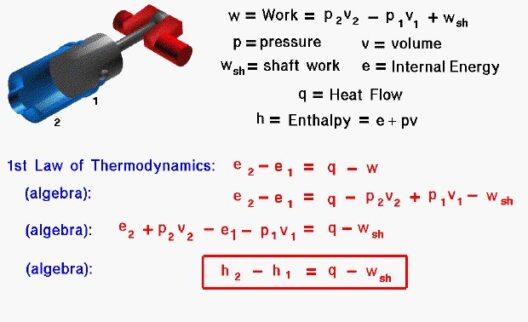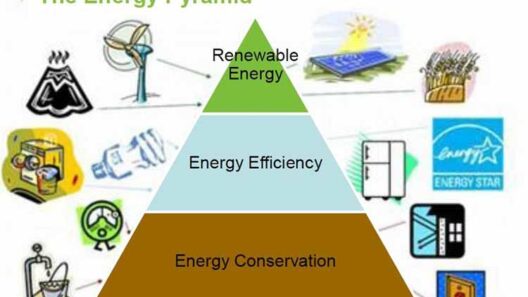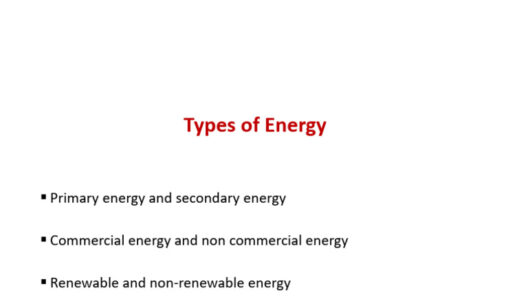Understanding how the human body conserves energy is pivotal in appreciating human efficiency as a biological phenomenon. The body has evolved over millions of years to optimize energy use, which is crucial for survival and function. This essay will delve into the mechanisms through which the body conserves energy, the significance of these processes in daily life, and their implications for environmental sustainability.
The human body can be likened to an intricate machine, with numerous systems working in concert to maintain energy balance. At the microscopic level, energy conservation begins with metabolism—the biochemical process that converts food into energy. Metabolism can be subdivided into two primary categories: catabolism, where complex molecules are broken down to release energy, and anabolism, where energy is used to construct necessary components from simple ones. This energetic interplay is fundamental to maintaining homeostasis.
One of the body’s most efficient mechanisms for energy conservation is through hormonal regulation. Hormones such as insulin, glucagon, and thyroid hormones play a critical role in managing metabolic pathways. For instance, insulin promotes the storage of glucose as glycogen in the liver and muscle tissues, thereby conserving energy for later use. Conversely, when energy demands increase, such as during periods of fasting or intense exercise, glucagon is secreted to mobilize stored energy. This dynamic regulation exemplifies how our bodies are attuned to energy availability and demand, thus ensuring an efficient balance.
Another important aspect of energy conservation is the Basal Metabolic Rate (BMR). BMR represents the amount of energy expended while at rest. It accounts for the majority of the body’s energy use, reflecting the energy required for vital functions such as breathing, circulation, and cellular production. Factors influencing BMR include age, sex, body composition, and genetics. By conserving energy during periods of inactivity, the body ensures that critical systems function adequately even when food intake is limited.
Physical activity also plays a vital role in energy management. While it may seem counterintuitive, the body has evolved mechanisms to accommodate various levels of activity efficiently. During exercise, the body shifts from primarily using fat stores to utilizing carbohydrates for rapid energy bursts. Interestingly, the energy expenditure during exercise can lead to changes in subsequent BMR, a phenomenon known as the afterburn effect or excess post-exercise oxygen consumption (EPOC). This means that while exercise requires immediate energy expenditure, it can also enhance overall energy efficiency in the long term.
The concept of thermoregulation further illustrates the body’s ability to conserve energy. Maintaining a stable internal temperature is energetically costly, particularly in extreme environments. The body employs various strategies to minimize heat loss or gain, including vasodilation and vasoconstriction, which regulate blood flow to the skin. By maintaining optimal body temperature, energy expenditure can be efficiently managed, thus conserving vital resources.
Moreover, the body’s adaptive response to energy deprivation is noteworthy. When faced with caloric restriction, the body can downregulate metabolic processes to conserve energy. This adaptation is a survival mechanism in situations where food is scarce, allowing individuals to endure longer without intake. However, this efficiency may have implications for modern lifestyles, as it can contribute to challenges in weight management and energy regulation in an environment of overabundance.
This energy conservation extends beyond individual physiology to social and environmental contexts. The principles of human efficiency can offer insights into energy consumption patterns at larger scales. For example, understanding how individuals conserve energy can lead to developing more efficient lifestyles and practices that reduce overall energy demand. By promoting energy-efficient behaviors, we collectively contribute to decreasing our carbon footprint and mitigating climate change.
In the context of sustainability, the body’s innate strategies for conserving energy tie into broader environmental considerations. For instance, the practice of mindful consumption—wherein individuals become more aware of their energy use, both in their daily activities and through dietary choices—aligns closely with the concept of conserving energy. When individuals make conscious decisions that reflect their innate efficiency, it can lead to significant reductions in energy waste, thereby fostering a healthier planet.
Nutrition also plays a pivotal role in this energy conservation narrative. Consuming a balanced diet rich in whole foods ensures that the body has the necessary nutrients to function optimally, which in turn affects metabolic efficiency. Whole foods—notably fruits, vegetables, whole grains, and lean proteins—can bolster metabolic pathways and enhance energy conservation, while processed foods often lead to inefficient energy utilization and contribute to health issues.
In conclusion, the human body showcases a remarkable capacity for energy conservation, employing a myriad of biological mechanisms that reflect evolutionary refinement. From metabolic processes to hormonal regulation and physical adaptations, these strategies ensure the optimal use of energy resources. By understanding and embracing the principles of human efficiency, individuals can align their behaviors with sustainable practices, contributing positively to environmental preservation. Ultimately, the body’s natural efficiency serves as a powerful model for fostering responsible energy use in a world facing the challenges of climate change.








